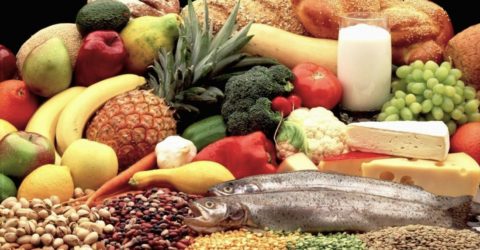The creation of an environmental label for products, particularly food, is one of the key measures of the National Roadmap for the Circular Economy, published in April 2018, aiming to propose an indicator on the environmental impact of products to inform consumers. This is in a way the environmental counterpart of the Nutri-score (French government initiative, now being considered to be applied for all European Union countries), which has appeared on product packaging since 2016. This indicator will be based on a holistic environmental approach: it will take into account different types of environmental issues (pollution, global warming, resource depletion, etc.) to propose a single score on the overall environmental performance of the product, for its entire life cycle.
The interest of this “environmental score” is twofold:
- On the one hand, it is intended to encourage more sustainable consumption behavior by informing consumer choice;
- On the other hand, it encourages the industry to improve the environmental performance of products by highlighting “low impact” products.
The experience of the Nutri-score has shown a significant effect of the display on these two targets: both an effect on consumer choices and on its consideration by companies in the design department of their products. Environmental scoring would take the form of a voluntary but supervised system, similar to the Nutri-score. An experiment is currently underway for food products, and the results are expected in November 2021.
In this expert opinion, I Care analyses the main methodological features and highlights some questions which are yet to be answered, and into which the current experiment should offer some insights: YWCA #14: What are the main debates around the environmental labelling of products?
This expert opinion, written in October 2021 by Laurène Branaa and Alexis Tressol, is part of a series of publications called “Yes We Care About” that is published by I Care, and which can be found in the “Insights” section by clicking here.




